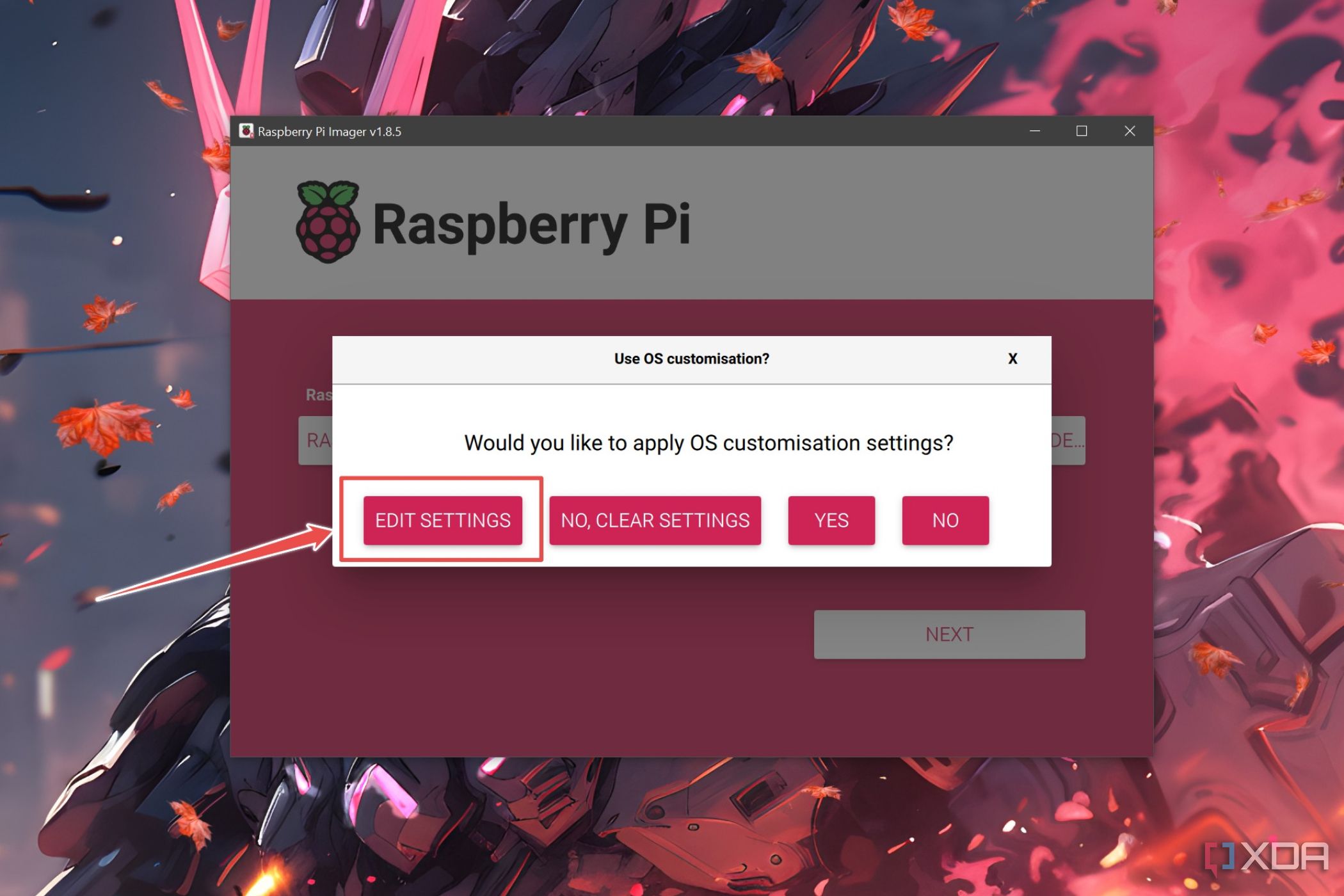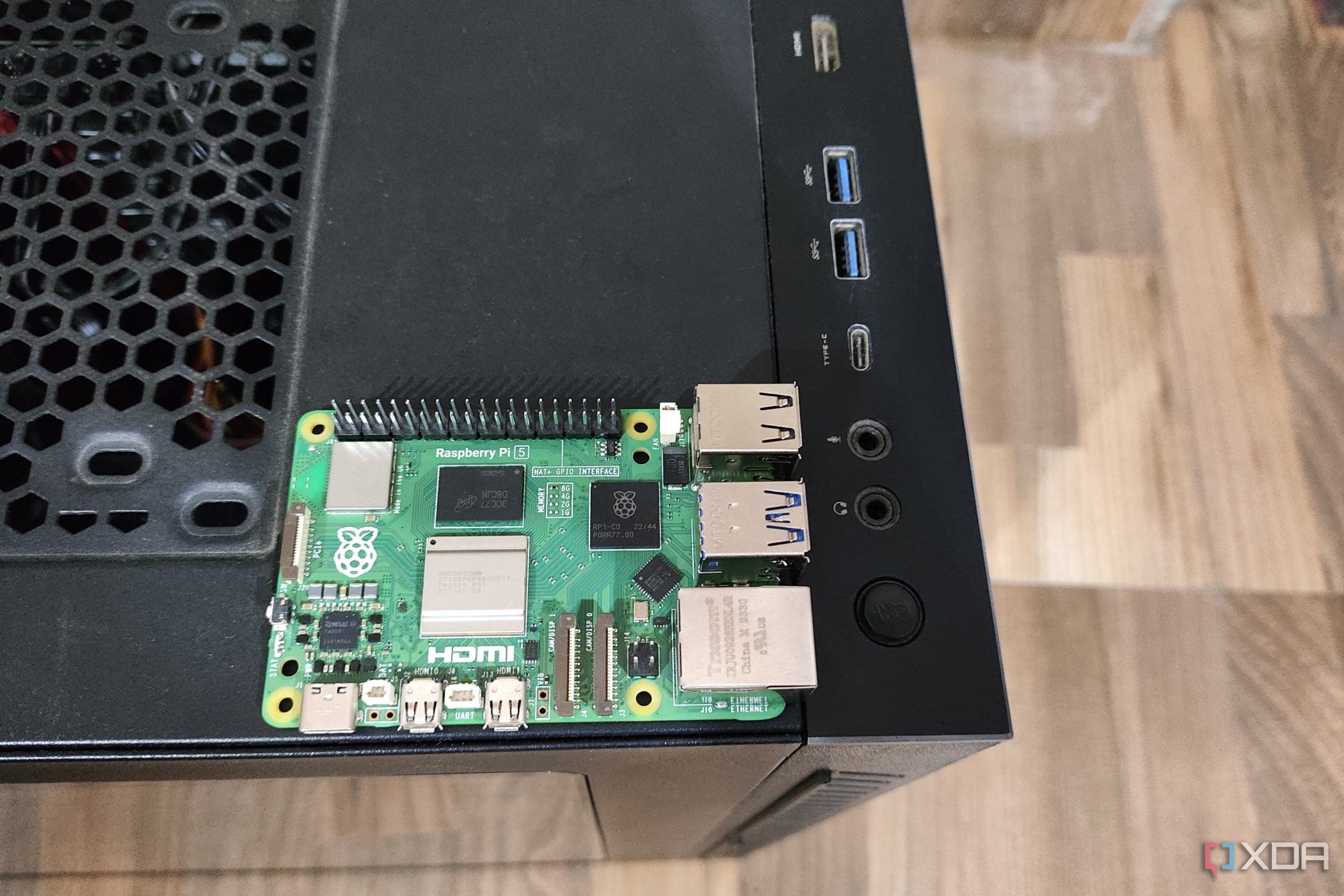How To SSH Into Raspberry Pi Outside Network: The Ultimate Guide For Remote Access
Picture this: You're chilling on your couch, sipping coffee, and suddenly you realize you need to access your Raspberry Pi from a different location. But wait—how do you SSH into Raspberry Pi outside your network without breaking a sweat? Well, my friend, you're in the right place. In this guide, we'll dive deep into the world of remote access, making it simple and straightforward for you to connect to your Raspberry Pi no matter where you are.
SSH, or Secure Shell, is like a magical gateway that lets you control your Raspberry Pi remotely. But when you're outside your local network, things get a little tricky. Don't worry though, because this article is here to help you navigate through the process step by step. Whether you're a tech-savvy guru or just starting out, we’ve got you covered.
By the end of this guide, you'll not only know how to SSH into Raspberry Pi outside your network but also understand the best practices to keep your setup secure. Let's roll up our sleeves and get to it!
- Why Ullu Online Is The Goto Platform For Bingewatching
- Aditi Mistry Hot New Live Your Ultimate Guide To The Rising Star
Here's a quick table of contents to help you jump to the sections you're most interested in:
- Preparation Before SSH
- Port Forwarding: The Gateway
- Dynamic DNS: Solving IP Woes
- Configuring SSH on Raspberry Pi
- Securing Your SSH Connection
- SSH Tunneling Explained
- Tools for Easier SSH
- Troubleshooting Common Issues
- Best Practices for Remote Access
- Wrapping It All Up
Preparation Before SSH
Before we dive into the nitty-gritty of SSH, let's make sure your Raspberry Pi is all set up for remote access. This step is kinda like prepping your car before a long road trip—you want to make sure everything's in working order.
First things first, ensure your Raspberry Pi is up and running with the latest version of Raspberry Pi OS. You can check for updates by running these commands in the terminal:
- Adity Mistri Hot Live Your Ultimate Guide To The Rising Star
- Aditi Mistry Deep Hot Link The Ultimate Guide To Understanding The Viral Phenomenon
sudo apt update and sudo apt upgrade.
Next, enable SSH on your Raspberry Pi. You can do this via the Raspberry Pi Configuration tool or by creating an empty file called SSH on your boot partition. Easy peasy, right?
Why Is Preparation Important?
Without proper preparation, you might run into issues later on. Think of it like trying to drive a car without checking the oil—it might work for a bit, but eventually, you're gonna hit a snag. Prepping your Raspberry Pi ensures smooth sailing when you're ready to SSH from outside your network.
Port Forwarding: The Gateway
Now that your Raspberry Pi is ready, let's talk about port forwarding. This is like setting up a secret handshake between your router and your Pi so that outside connections know where to go.
To set up port forwarding, you'll need to log into your router's admin interface. Every router is different, so the steps might vary a bit, but generally, you'll find the port forwarding settings under something like "Advanced Settings" or "Port Forwarding."
Once you're there, create a new rule. Set the external port to 22 (the default SSH port) and the internal port to 22 as well. Then, point it to the local IP address of your Raspberry Pi.
Tips for Port Forwarding
- Make sure your Raspberry Pi has a static IP address so it doesn't change unexpectedly.
- Double-check your router's firewall settings to ensure they're not blocking incoming connections.
- Consider using a non-standard port for added security, like 2222 instead of 22.
Dynamic DNS: Solving IP Woes
IP addresses can be a real pain, especially if your ISP changes them regularly. That's where Dynamic DNS (DDNS) comes in. DDNS services keep track of your changing IP address and assign a domain name to it, making it much easier to connect to your Raspberry Pi.
There are plenty of DDNS providers out there, like No-IP and DuckDNS. Most of them offer free plans that work perfectly fine for personal use.
Setting Up DDNS
Setting up DDNS is pretty straightforward. Just sign up for a service, create a hostname, and then configure your router to update the DDNS service with your current IP address.
Some routers even have built-in DDNS support, which makes the process even easier. Just select your DDNS provider from the list and enter your credentials.
Configuring SSH on Raspberry Pi
Now that your network is all set up, let's focus on configuring SSH on your Raspberry Pi. This is where the magic happens.
First, make sure SSH is enabled. You can check this by running sudo systemctl status ssh in the terminal. If it's not running, start it with sudo systemctl start ssh.
Next, you might want to tweak some SSH settings for added security. Open the SSH config file with sudo nano /etc/ssh/sshd_config and make any necessary changes. For example, you can disable root login or change the default port.
SSH Configuration Tips
- Change the default SSH port to something less common, like 2222.
- Disable password authentication and use SSH keys instead for better security.
- Limit access to specific users or IP addresses if possible.
Securing Your SSH Connection
Security is super important when it comes to remote access. You don't want some random hacker gaining access to your Raspberry Pi, do you? Here are a few tips to keep your SSH connection secure:
First, consider using SSH keys instead of passwords. SSH keys are much harder to crack and provide an extra layer of security. To set them up, generate a key pair on your local machine with ssh-keygen, then copy the public key to your Raspberry Pi with ssh-copy-id.
Another good practice is to disable password authentication altogether. This forces anyone trying to connect to use SSH keys, which are much harder to brute force.
Advanced Security Measures
- Use a firewall to restrict access to your SSH port.
- Monitor login attempts and block suspicious IPs.
- Regularly update your Raspberry Pi to patch any security vulnerabilities.
SSH Tunneling Explained
SSH tunneling is another powerful tool for remote access. It allows you to securely forward traffic between your local machine and your Raspberry Pi, even if they're on different networks.
For example, you can use SSH tunneling to access a web server running on your Raspberry Pi from outside your network. Just run ssh -L 8080:localhost:80 pi@your.ddns.domain, and you can access the web server by visiting http://localhost:8080 in your browser.
Benefits of SSH Tunneling
- Encrypts all traffic between your local machine and Raspberry Pi.
- Allows access to services that aren't exposed to the internet.
- Works seamlessly with DDNS and port forwarding.
Tools for Easier SSH
There are plenty of tools out there that can make SSHing into your Raspberry Pi a breeze. Some of them even handle the complexities of port forwarding and DDNS for you.
One such tool is ngrok. Ngrok creates a secure tunnel to your Raspberry Pi and gives you a public URL that you can use to access it from anywhere. It's super easy to set up and works great for quick and dirty remote access.
Other Useful Tools
- Tailscale: A secure mesh network that makes remote access a breeze.
- PageKite: Another tunneling service that's easy to set up and use.
- SSHFS: Allows you to mount your Raspberry Pi's filesystem locally, making file transfers a snap.
Troubleshooting Common Issues
Even with the best preparation, things can still go wrong. Here are a few common issues you might encounter when trying to SSH into your Raspberry Pi outside your network, along with some troubleshooting tips:
- Connection Refused: Double-check your port forwarding settings and ensure your Raspberry Pi's SSH service is running.
- Timeout Errors: Make sure your DDNS service is correctly configured and your router's firewall isn't blocking incoming connections.
- Authentication Failed: Verify your SSH keys or passwords are correct and try disabling password authentication if you're using keys.
Best Practices for Remote Access
Finally, let's wrap up with some best practices for remote access to your Raspberry Pi:
- Always use SSH keys instead of passwords for added security.
- Keep your Raspberry Pi and router firmware up to date.
- Monitor your SSH logs for suspicious activity.
- Limit access to trusted IP addresses if possible.
Wrapping It All Up
So there you have it—everything you need to know about how to SSH into Raspberry Pi outside your network. From preparation and port forwarding to securing your connection and troubleshooting common issues, we've covered it all.
Remember, remote access can be a powerful tool, but it also comes with responsibilities. Always prioritize security and follow best practices to protect your Raspberry Pi from unwanted intrusions.
Now it's your turn! Give it a try and let us know how it goes. If you have any questions or run into issues, feel free to drop a comment below. And don't forget to share this article with your friends who might find it useful. Happy SSHing!



Detail Author:
- Name : Marlen Rowe
- Username : tito78
- Email : alexa.wehner@gmail.com
- Birthdate : 1980-04-07
- Address : 49037 Verda Plaza Apt. 415 West Adonis, NE 72883-1702
- Phone : (650) 900-0351
- Company : Hyatt-McCullough
- Job : Fitness Trainer
- Bio : Earum reiciendis cupiditate neque temporibus facilis vel et. Culpa asperiores earum quia dolorem recusandae.
Socials
twitter:
- url : https://twitter.com/gwen3185
- username : gwen3185
- bio : Dolorem aut sed ut quasi perspiciatis autem. Ipsa voluptatem eius recusandae inventore et.
- followers : 2799
- following : 446
instagram:
- url : https://instagram.com/gnikolaus
- username : gnikolaus
- bio : Laborum quas quia qui ad magnam natus. Tenetur et quibusdam pariatur sit.
- followers : 3858
- following : 1965
linkedin:
- url : https://linkedin.com/in/nikolausg
- username : nikolausg
- bio : Quis delectus velit neque repudiandae voluptatum.
- followers : 4929
- following : 2005
tiktok:
- url : https://tiktok.com/@gwen_dev
- username : gwen_dev
- bio : Amet dicta vel culpa aut. Neque nobis ut dolore alias nam.
- followers : 2728
- following : 1750
facebook:
- url : https://facebook.com/gwen2693
- username : gwen2693
- bio : Aut sed ullam a quod maxime autem iure.
- followers : 3660
- following : 1185